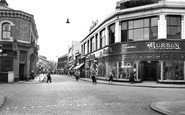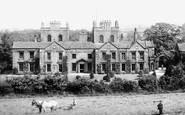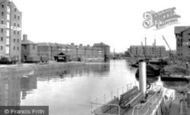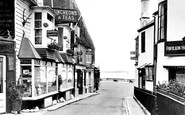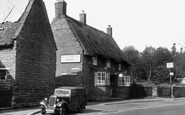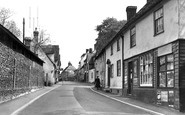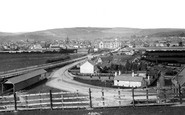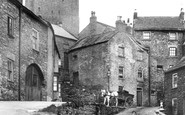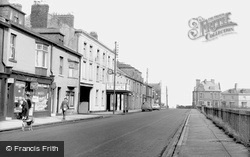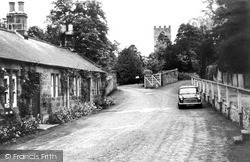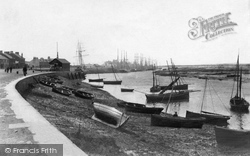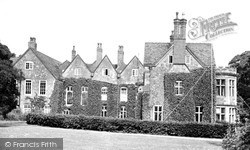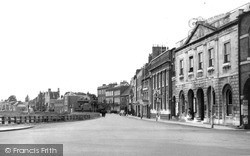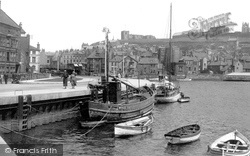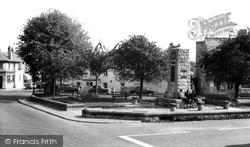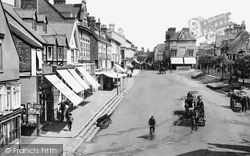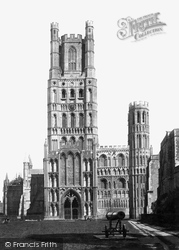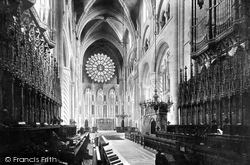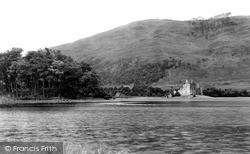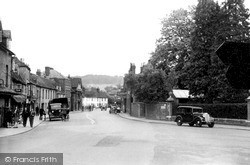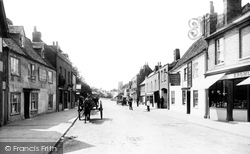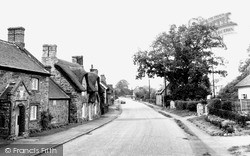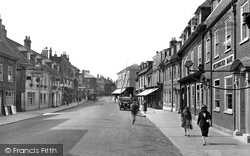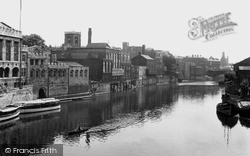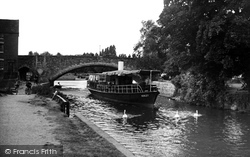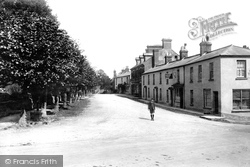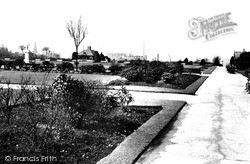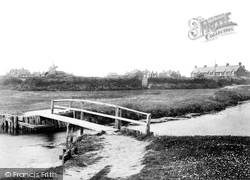Places
36 places found.
Those places high-lighted have photos. All locations may have maps, books and memories.
- Shanklin, Isle of Wight
- Ventnor, Isle of Wight
- Ryde, Isle of Wight
- Cowes, Isle of Wight
- Sandown, Isle of Wight
- Port of Ness, Western Isles
- London, Greater London
- Cambridge, Cambridgeshire
- Dublin, Republic of Ireland
- Killarney, Republic of Ireland
- Douglas, Isle of Man
- Plymouth, Devon
- Newport, Isle of Wight
- Southwold, Suffolk
- Bristol, Avon
- Lowestoft, Suffolk
- Cromer, Norfolk
- Edinburgh, Lothian
- Maldon, Essex
- Clacton-On-Sea, Essex
- Norwich, Norfolk
- Felixstowe, Suffolk
- Hitchin, Hertfordshire
- Stevenage, Hertfordshire
- Colchester, Essex
- Nottingham, Nottinghamshire
- Bedford, Bedfordshire
- Bury St Edmunds, Suffolk
- Aldeburgh, Suffolk
- St Albans, Hertfordshire
- Hunstanton, Norfolk
- Chelmsford, Essex
- Bishop's Stortford, Hertfordshire
- Peterborough, Cambridgeshire
- Brentwood, Essex
- Glengarriff, Republic of Ireland
Photos
9,106 photos found. Showing results 16,101 to 9,106.
Maps
181,006 maps found.
Books
11 books found. Showing results 19,321 to 11.
Memories
29,050 memories found. Showing results 8,051 to 8,060.
Burtons Corner.
A foundation stone laid by Arnold James Burton in 1933 is to be found on the extreme right of this shop, just off the picture. I'm sure this foundation stone used to be at the other end of the building. The possible reason for its move ...Read more
A memory of Crewe
Shopping Memories.
On the left hand side of the photograph next to the zebra crossing is Eastwells, a greengrocers and fruiterers. My father Harold Besent who is in the window in a white coat was a partner and also the managing director from 1940 ...Read more
A memory of High Barnet in 1955 by
The Ormerod Family.
Ormerod House passed out of the Ormerod family when the male line died out and the three daughters of the last Ormerod married. Their husbands were John Hargreaves, a local coal mine owner, the Rev William Thursby who became vicar ...Read more
A memory of Burnley in 1900 by
'sabrina'.
I am certain the steamer is 'Sabrina' built in 1870 and was the steam inspection launch of the Directors and Engineer of the Gloucester and Berkeley Ship Canal, Gloucester. In 1912 'Sabrina' was owned by the Dock Company and did not leave ...Read more
A memory of Gloucester in 0 by
Change Of Use.
The building on the left became an amusement arcade in the early 1950s and then a dental surgery. Later it was demolished and replaced by a new building of flats and a new HQ related to Cowes week which was opened by Prince Philip in 2005.
A memory of Cowes
Car Project.
The Morris car depicted in the photograph was overhauled and bodied by my late father, Arthur Parker, in 1951-2. He had removed the body from a c1937 Morris 8 van, overhauled the mechanics and the chassis, and built from scratch a new ...Read more
A memory of Duston in 1951 by
Old John Barley Corn....
Known as the 'John Barley Corn' children because at the Staithe where they all used to play, there is an inlet. In the 1920s, when boats came past, the children would sing 'Old John Barley Corn if you throw us a penny we will ...Read more
A memory of Belaugh in 1920
Building History.
The photograph shows a shop and house which my grandmother ran between 1931 and 1952. It was then run by my uncle until it was sold as a house in 1979. My grandmother's name was Colville and she ran the shop as a general stores. ...Read more
A memory of Linton by
Railway Info.
The building on the left is a carriage shed, used for holding spare passenger vehicles under cover. It is from the North Devon Railway in the 1850s and still appears to have broad gauge track (7ft gauge - not removed until 1877) laid ...Read more
A memory of Barnstaple in 1870
Family Connections.
The premises on the left of the photograph were the house and business of Thomas Langstaff, a rope maker, between c1810 and c1900.
A memory of Richmond by
Your search returned a large number of results. Please try to refine your search further.
Captions
29,158 captions found. Showing results 19,321 to 19,344.
Of Seaham, Byron wrote: 'Upon this dreary coast we have nothing but county meetings and shipwrecks; and I have this day dined upon fish, which probably dined upon the crews of several colliers lost in
These old stone cottages lie on the approach to Skelton Castle, and the wide gateway to the left beyond them is the start of the driveway up to the castle.
A royal burgh and port, Irvine was, by the 1920s, a town of 7,000 inhabitants.
The triple gables of the early 17th-century house form the centrepiece, with flanking wings. John Ely, a Manchester architect, added the Tudoresque bay window to the right in 1894.
The upper front storey of the Corn Exchange houses the Town Council's chamber and offices.
The Angel Hotel, an old coaching inn, can be seen on the left, and Collier's hardware store stands beside the bridge.
The Twyn itself was threatened by Glamorgan County Council's plans for road widening – a project that would have resulted in the loss of a large section of the square.
There are plenty of horse-drawn carts in this view looking east. Maplesden is still running his printing works at No 1 - although it is no longer a post office - and at No 5 Gatland Bros.
Ely Cathedral, which can be seen from up to twenty miles away on a clear day, is one of the most stirring sights in Fenland.
The impressive roof is the first example of rib vaulting in Europe.
Situated at the north east of Loch Awe, Kilchurn is a 15th-century tower built by Sir Colin Campbell of Glenorchy.
On the extreme left is D H Corneby, baker and confectioner. Further on is T C Baker, watch and clock repairer.
The Bear Hotel on the left has an early 19th-century stucco front; further on are the Chapel Arches.
The picturesque village is situated on a minor east-west road, rising up from the reservoir past Sir James Pennethorne's hall, which took some twenty years to complete, the medieval parish church and
The buildings on the left of picture No 40722 have now been replaced by a new Swan Tap, and the Swan is advertising its garage.
In this later view, we can see the Guildhall on the left side of the riverbank. As well as an underground passage opening right onto the water's edge, the Guildhall has two secret rooms.
His estate was confiscated by the Crown and later given to Margaret Tudor and her husband the Earl of Lennox.Their son married Mary, Queen of Scots.
Further down Tanner's Hill, the lane becomes Old School Lane; this view looks north past these pairs of tile-hung former estate cottages, which are all now in private hands and extended by a bay at
We are a little further north than view C105008; we can see the BP petrol pumps of Overton's Garage with the parade of shops beyond the Crossways.
This view shows one of Salter's pleaseure steamers, the 'Henley', having just passed through Burford Bridge heading upstream towards Oxford.
The lad may be returning from the castle, which could be approached on this road at that time. The four houses on the right, built in 1817, are now private residences.
The bus advertising E A Beveridge & Co and the cars are of an earlier vintage, but the buildings still look much the same.
The spire of St Alban`s Church, demolished in 1973, is just visible to the right of the Ashworth statue (left).
In the distance is a corn-grinding post mill (centre left), possibly owned at this time by a Mr Mallett, whose worry was that the building of houses nearby would keep the wind from the mill's sails
Places (6814)
Photos (9106)
Memories (29050)
Books (11)
Maps (181006)






















